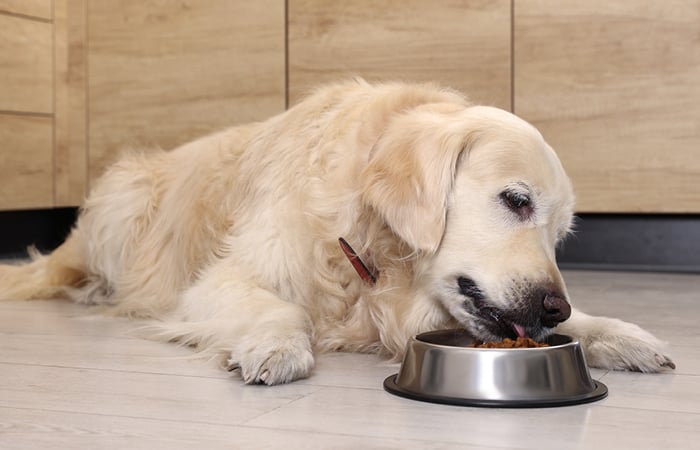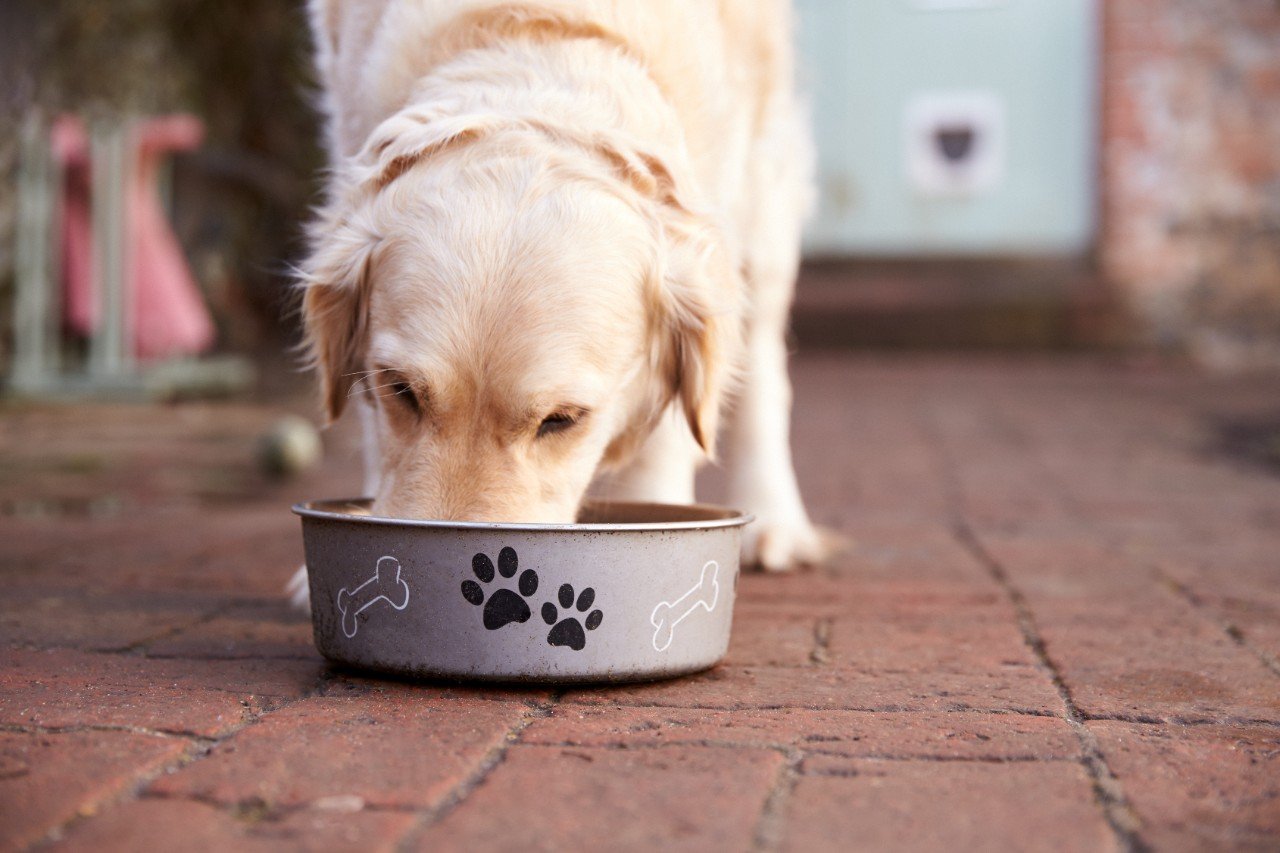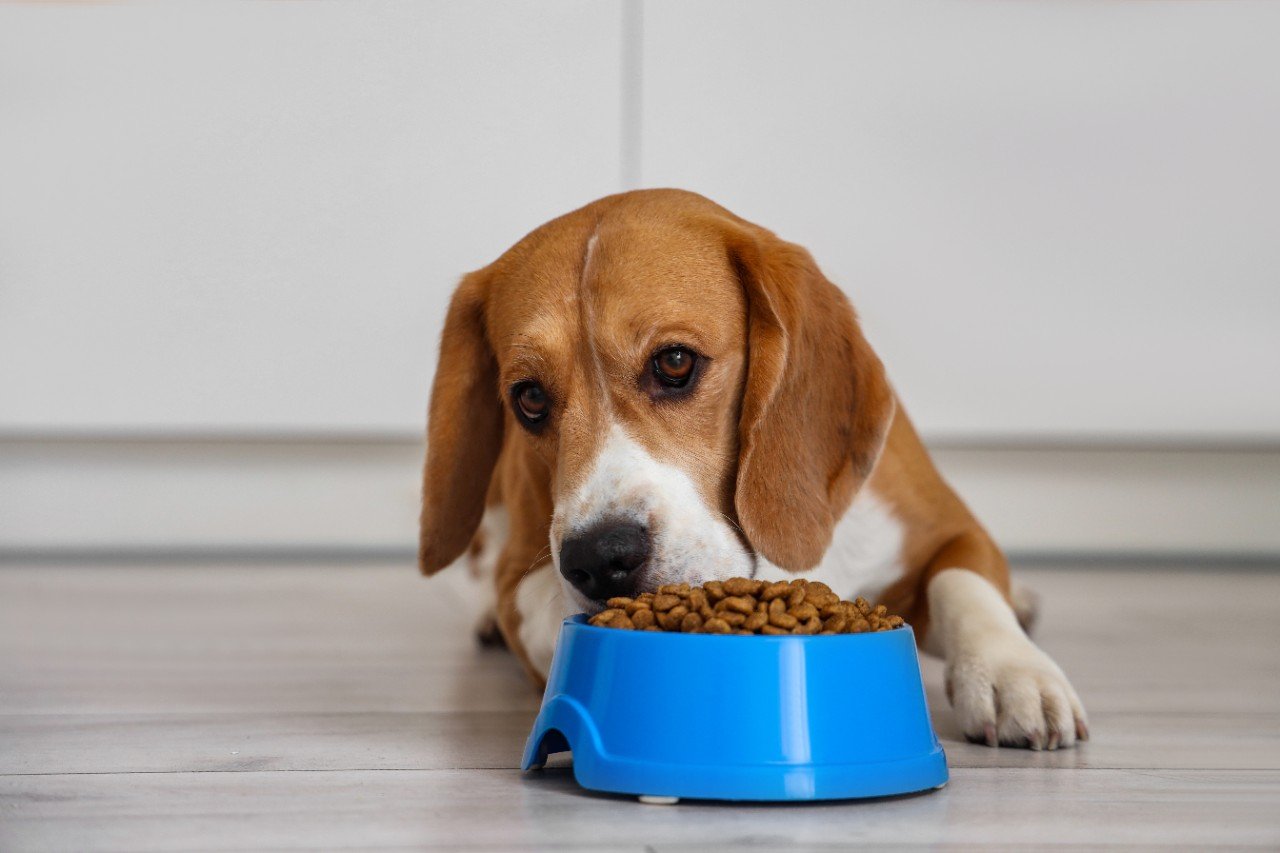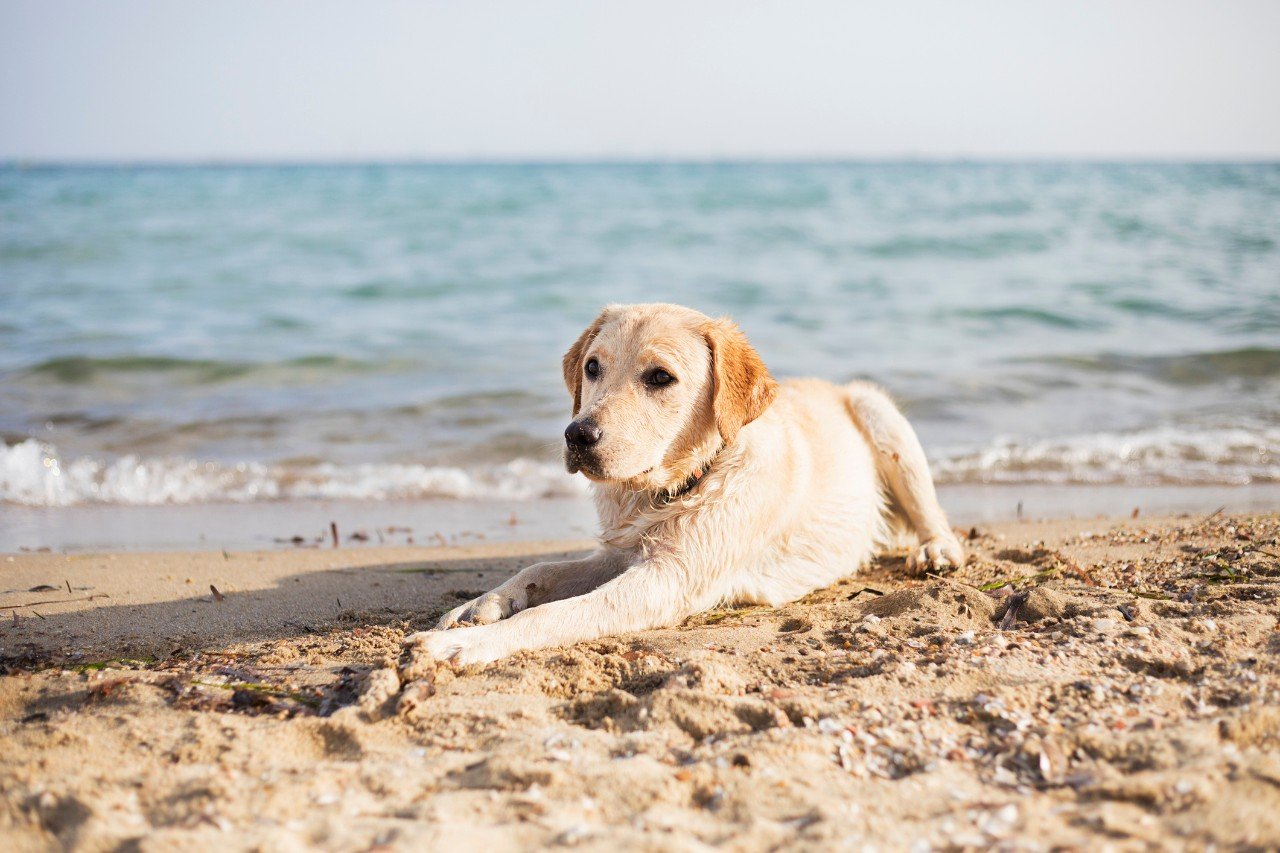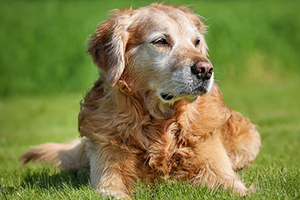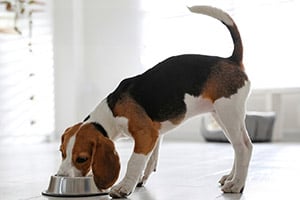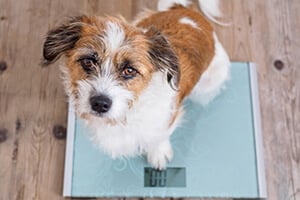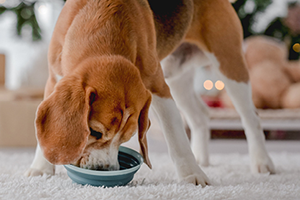Gastric dilatation-volvulus (GDV) in dogs requires urgent treatment. If your dog is showing signs – such as an enlarged abdomen, rapid or shallow breathing, excessive saliva and a pale nose or gums – take them to the vet immediately. You can ease their discomfort by keeping them comfortable during the journey, such as with blankets and affection, and by making the journey as quick as possible.
Early intervention, usually with oxygen, IV fluids and often surgery, reduces the risk of fatality. If your vet diagnoses GDV, their first step will be to decompress the stomach via a tube or needle to release built-up gas and fluid, along with stomach flushing to remove residual food particles.
Surgery often follows, typically involving repositioning and securing the stomach to prevent future GDV occurrences and, sometimes, spleen removal. After surgery, most dogs will be kept in the hospital so the vet can monitor for complications and administer IV fluids.
Postoperative home care involves restrictions on exercise for a few weeks to allow for wound healing, as well as diet modifications, such as feeding your dog small but frequent meals.
Bloat surgery can be a significant expense, and having the right dog insurance is vital to ensuring your dog is covered for emergencies like bloat.





